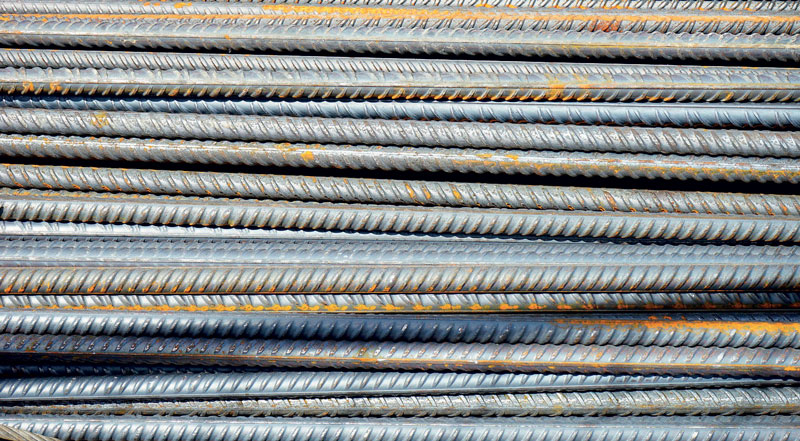The State of the Steel Market
How did 2019 round off for the steel market? And what are its prospects for 2020? Unfortunately, forecasts are not none too rosy, both at Italian national level and globally. Why is this? Exports are slowing if not braking rapidly, raw material costs are growing, duties and geo-political tensions are on the rise and here in Italy the question of the Ilva steel plant is far from being resolved.
After a year of “racing ahead” a year of “steady steps” awaits us. For the steel industry, 2020 will see reduced consumption growth on that of the previous twelve months. What positives there will be, are thanks to emerging markets. This is the outlook of the World Steel Association: While the global economy is still sailing in uncertain waters, we expect the steel sector to see consumption rising by 1.7% next year» Al Remeithi, Chairman of the Worldsteel Economics Committee said.
The figure of 1.7% will be achieved thanks to the 4.1% growth of emerging markets, 1.0% growth in China and 0.6% in mature markets. Among these, the EU, according to Eurofer data, will see steel consumption grow by 0.1% on 2019, while apparent consumption, including stock cycle, will perform better at 1.4%.
The factors influencing 2019 performance
Over the first eight months of 2019, steel production was conditioned by the slowing of the global economy, due to international business tension and the weakening of the economic cycle. Global steel production did, however, increase at a slightly lower rate than in 2018. The mover in this case was China, whose production grew by 9%, compensating for the reduction seen across the rest of the world. EU production dropped by 2.9%, with higher than average contraction in the major production sites: Germany (-4.4%) and Italy (-4.5%).
The drop in steel demand among end users (especially automotive) and the higher raw material costs, together with those of finished and semi worked products, will negatively impact billing, margins and profits across the sector.
Sheet laminate is expected to be the worst hit area, with the first eight months of 2019 showing major negative price trends together with higher ferrous mineral costs. In the steel girder sector, the drop in price is still less than the cost of scrap, this will lead to reduction in sales.
The steel market in Italy
In Italy “while prospects for the beginning of 2020 are rather uncertain – said Stefano Ferrari, study office manager at Siderweb – during the year, according to forecasts from the World Steel Association, national steel consumption should increase, reaching 27,5 million tons, around 200 thousand tons more than 2019. If this data is confirmed. Italy will represent the world’s ninth biggest steel consumer”.
Concerning raw materials used in steel production, especially ferrous minerals and carbon coke, Ferrari believes the costs will go down, based on opinions of international bodies, banks and analysts. This will be especially true for mineral products, which, after climbing in price across 2019, and closing the year at around $90 per tonne, should drop back to $70/80 tonne this year thanks to increased extraction technology. Extraction of carbon coke, on the other hand, will drop by around 10% on 2019 levels.
Emanuele Morandi, Siderweb president, commented on 2019’s data “It was not the great year that some had been expecting. We know that our beloved steel is a bell weather for the condition of the economy as a whole, and 2019 showed worrying signs.
The causes of this are many and various: production markets slowing, if not worse, excess capacity, increases in raw material costs, geo-political tension and, last but not least, as Italy always likes to be on the edge of a crisis, the question of how to manage the ILVA steel plant in Taranto”. l
Note: Siderweb is the Italian steel community, the reference point for all steel supply chain players.

